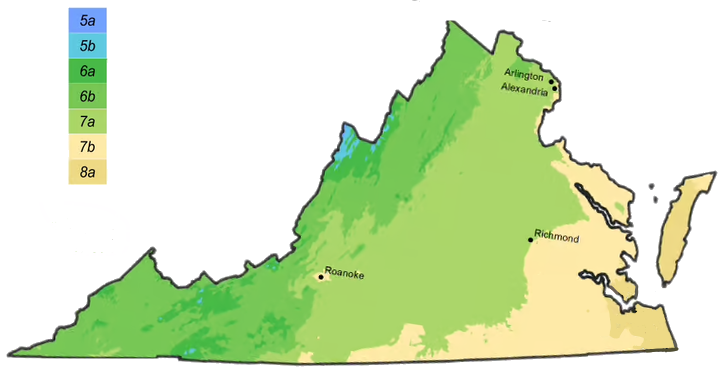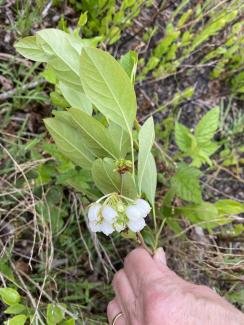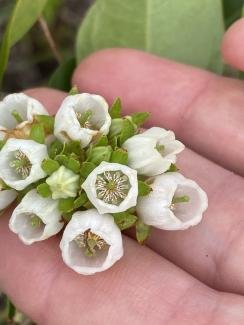
Dry to seasonally saturated oak/heath forests, sandhill woodlands, bogs, and clearings; often on flats with seasonally perched water tables. Frequent in the coastal Plain; rare in the piedmont.
Wildlife value: Nectar plant. Members of the genus Lyonia support the following specialized bees: Colletes productu and Melitta (Cilissa) melittoides.
Poisonous to Humans
Poison Severity: High
Poison Symptoms: Signs of Toxicity occur usually within six hours of consuming the plant. Symptoms include lack of coordination, excessive salivation, abdominal pain, bloating, nausea, vomiting, diarrhea, headache, weakness, muscular spasms, watering of eyes and nose, slow pulse, colic, ataxia, depression, sweating, tingling of skin, convulsions, paralysis, coma, and sometimes even death. Toxicity in sheep, goats, cattle, and horses is most likely to occur in late winter or early spring when other forage is not available. Livestock are found down, unable to stand with their head weaving from side to side.

